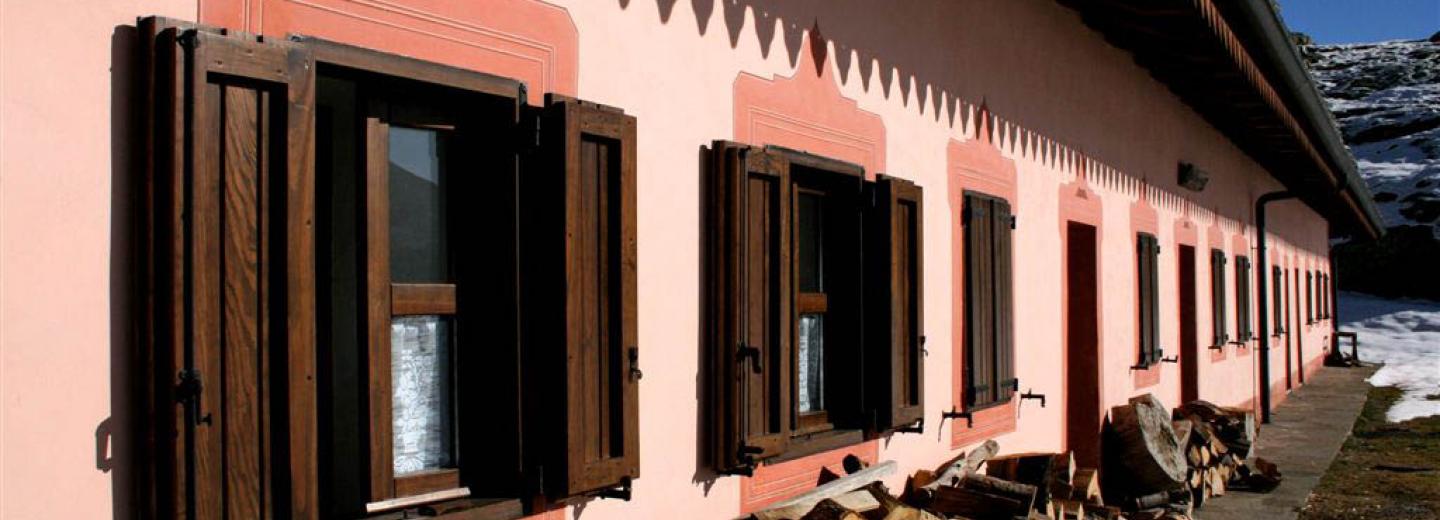Gran Paradiso national park is descended historically from the royal hunting reserve, which was established in the middle of the 19th century by the royal house of Savoia. In 1856 the constitution of the reserve was established. Subsequently, between 1860 and 1900, 325 kilometres of mule-tracks were built or restored, linking up five "royal hunting houses", situated at an altitude of 2000-2200 m. These buildings were laid out on one floor, with a stone slate roof, and a series of rooms opening directly to the outside. Of these royal houses that of Orvieille, in Valsavarenche and that of Gran Piano di Noasca, in Orco Valley, are still used today for surveillance and research.
One significant aspect of the royal reserve, in the marks it has left on the territory, is that of the mule-tracks and of the paths.
The mule-tracks were organized with a main backbone of 150 kilometres, linking the royal houses, crossing ravines and following steep slopes, and 175 kilometres of off-shoots, in the direction of the wardens' lodges and the hunting stations. The "backbone" was designed to allow quick access to the hunting houses. Whether the royal entourage was coming from Turin or Valle d'Aosta, it was possible to easily get to the houses on horseback by means of the mule-tracks, with a constant rise of around 8/10%, with remarkable dry stone walls and paved ground.
In many cases the main route is still perfectly recognizable. The same cannot be said of the lesser-used routes, some of which are now lost.
